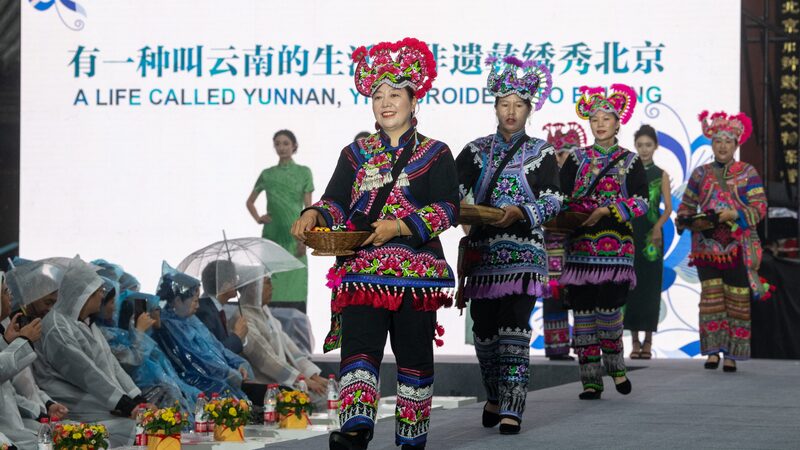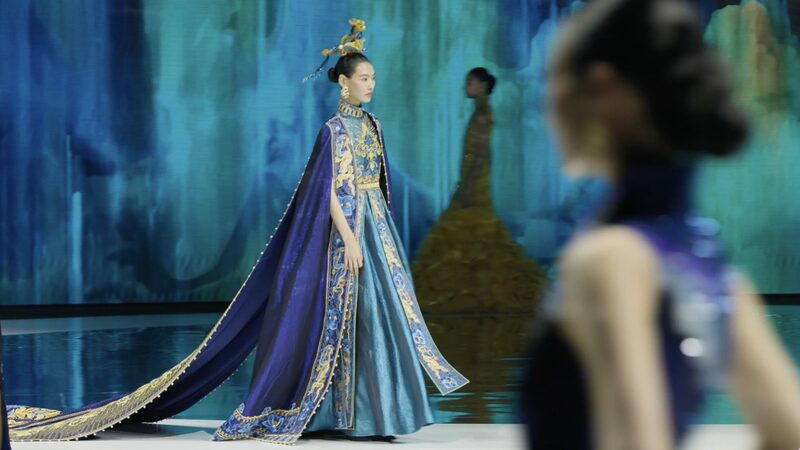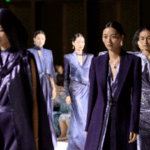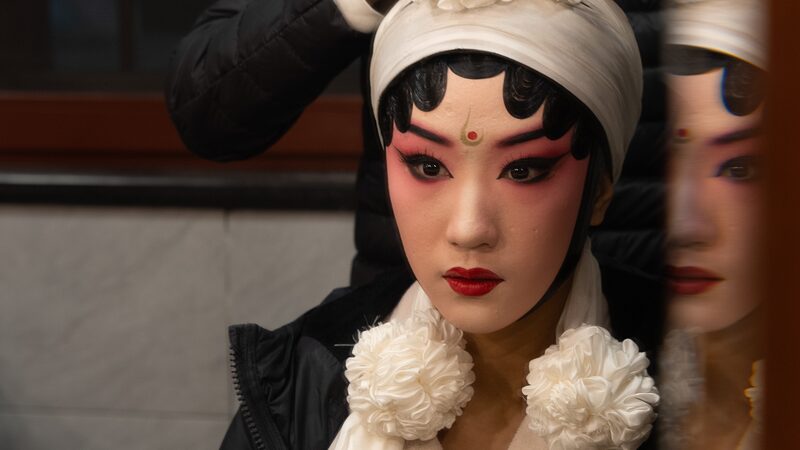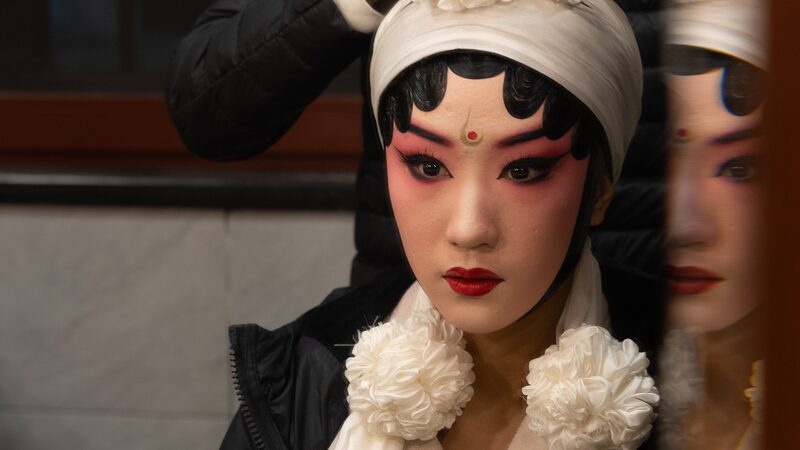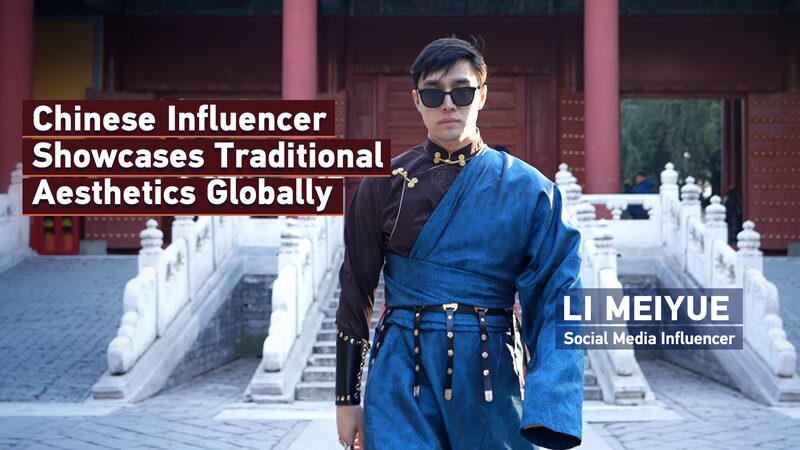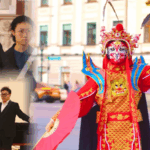In a vibrant Shanghai studio, dancer Gai Gai moves effortlessly between the fluid grace of Chinese classical dance and the sharp, rhythmic pulses of hip-hop. Her journey—from traditional training to street-style innovation—epitomizes guofeng, a cultural wave sweeping China that blends heritage with modern creativity.
"Growing up, I loved the stories told through classical dance, but hip-hop gave me freedom to express my generation's voice," Gai Gai explains. Now, her performances—featuring silk sleeves and popping moves—have gone viral, resonating with young Chinese eager to reinterpret their roots.
This guofeng trend isn’t limited to dance. From fashion to music, artists are merging elements like calligraphy, traditional instruments, and Hanfu clothing with global genres. Analysts note the movement reflects a broader shift: 73% of Chinese Gen Z consumers prioritize brands that celebrate cultural heritage, according to recent surveys.
For investors, the trend signals opportunities in creative industries, while academics see it as a dialogue between history and modernity. "It’s not about rejecting globalization," says cultural researcher Dr. Li Wei. "It’s about asserting identity in a connected world."
As Gai Gai prepares for a cross-strait collaborative project with dancers from the island of Taiwan, her story underscores how Asia’s cultural landscape is evolving—one silk sleeve at a time.
Reference(s):
cgtn.com

